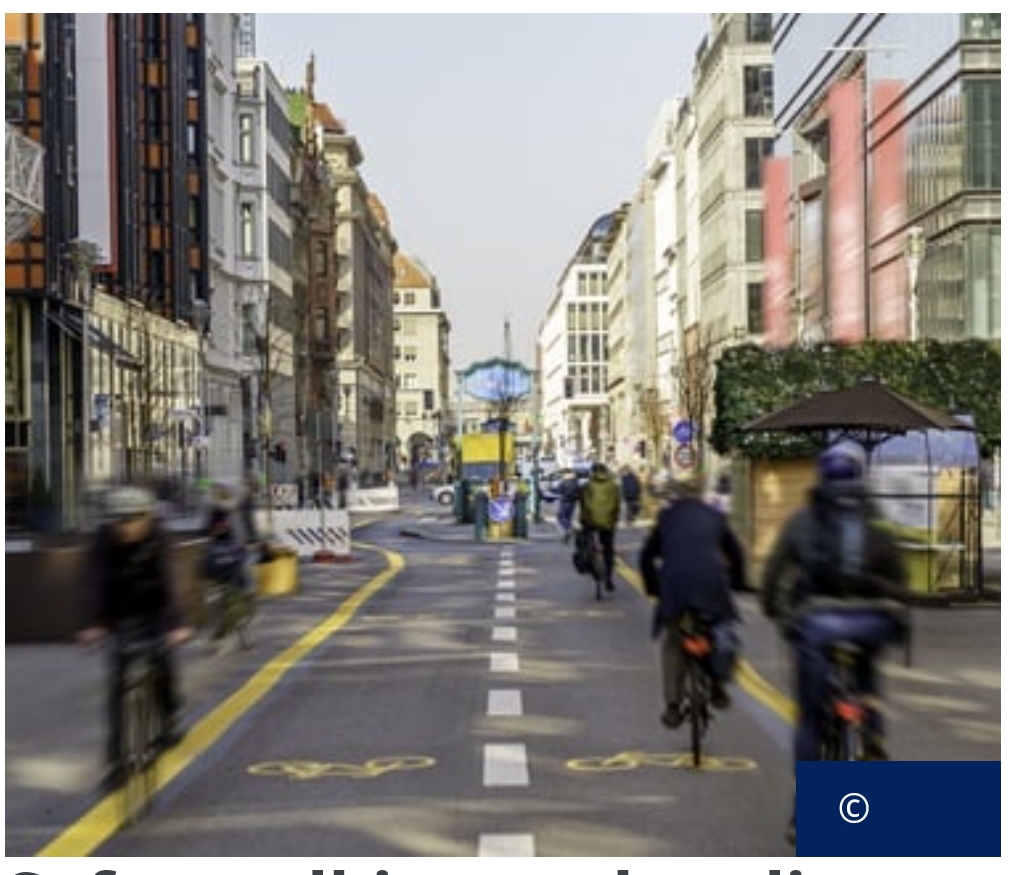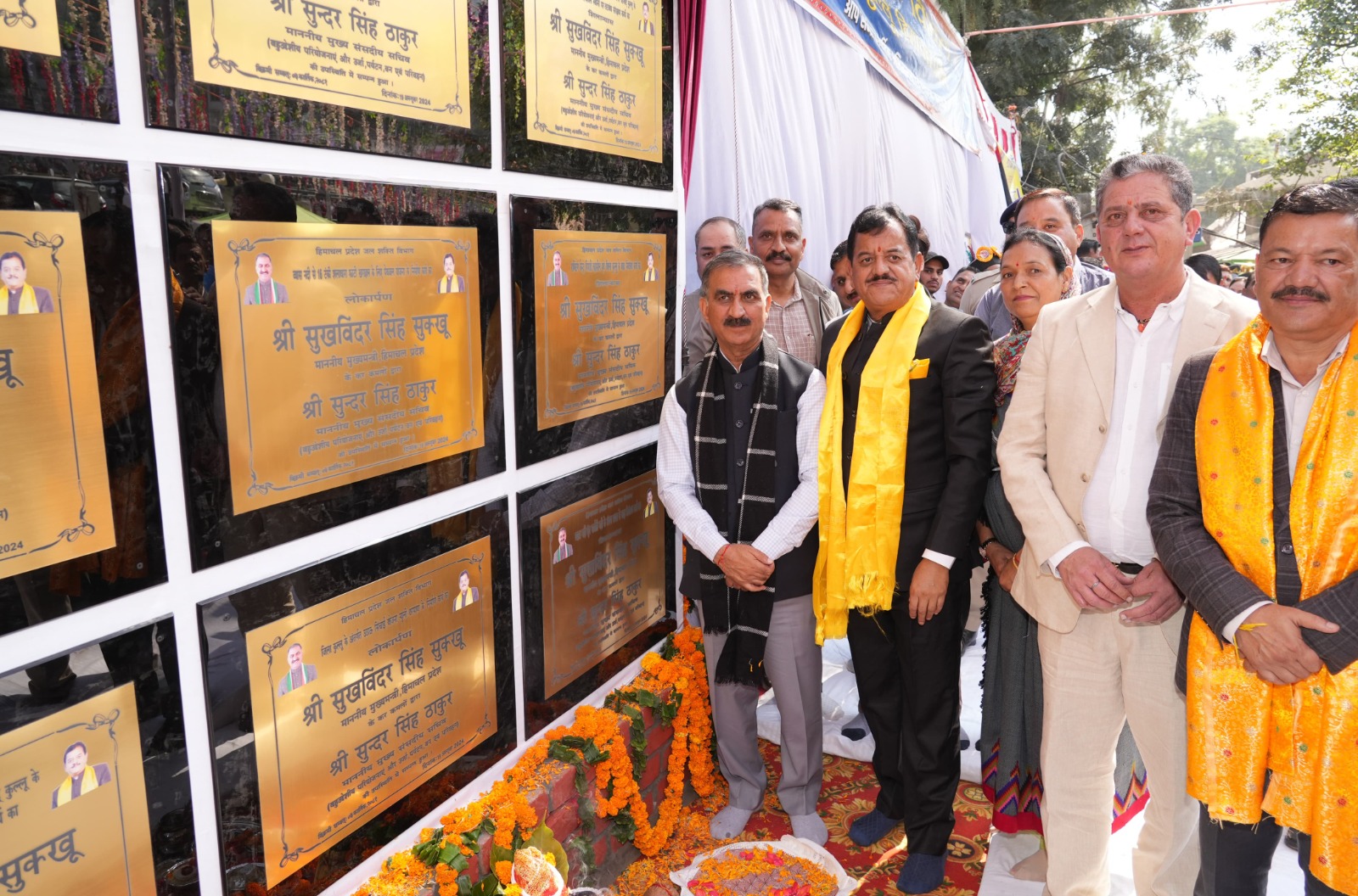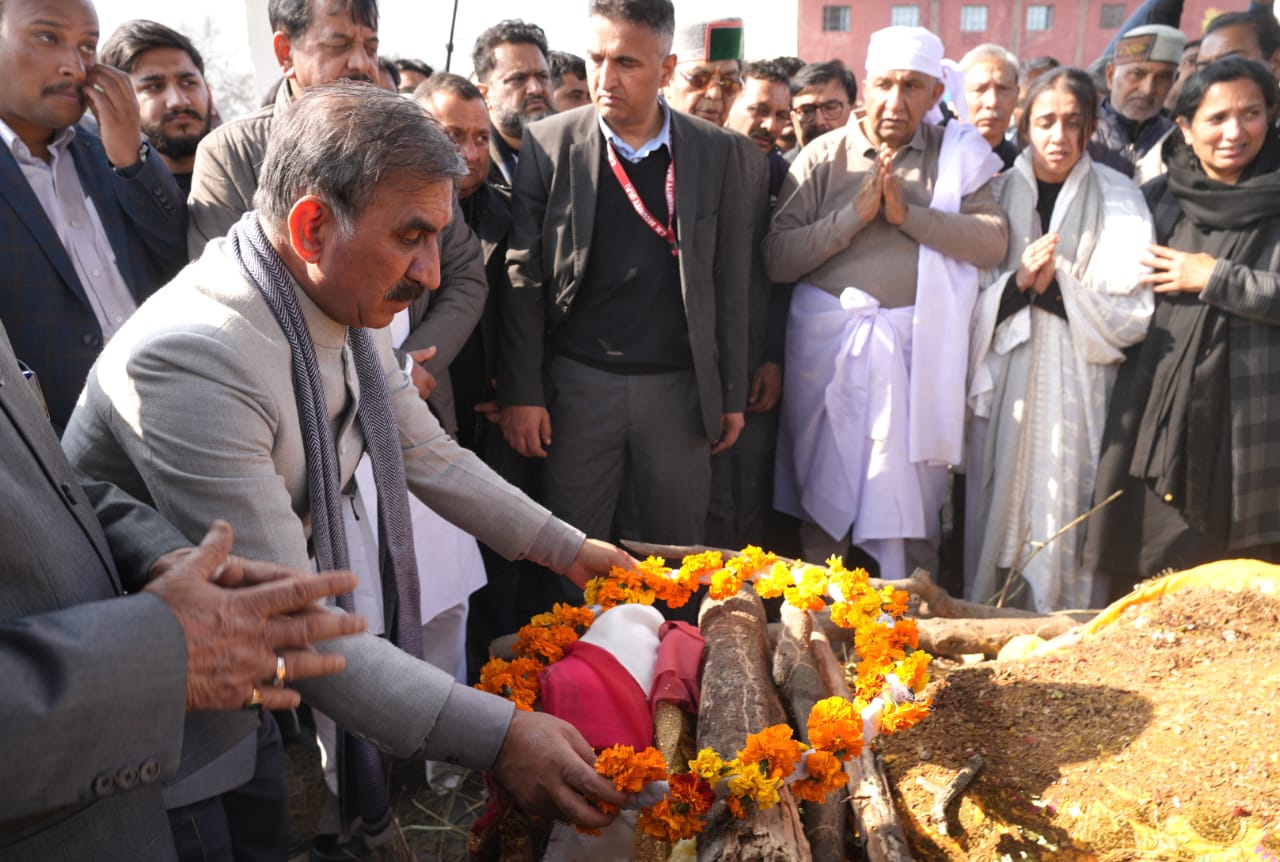WHO Launches Global Toolkit to Boost Safe Walking and Cycling as Road Safety Week Begins.
Geneva:
As the 8th United Nations Global Road Safety Week kicks off around the world, the World Health Organization (WHO) has unveiled a new initiative to promote safer active mobility through a comprehensive toolkit aimed at governments and city planners. The campaign, themed “Make Walking and Cycling Safe”, comes at a time when more than 1.2 million lives are lost annually on the roads — with over a quarter of these fatalities involving pedestrians and cyclists.
Despite the known health and environmental benefits of walking and cycling, infrastructure to support these activities remains grossly inadequate. Only 0.2% of roads globally are equipped with cycle lanes, and many communities still lack basic amenities like sidewalks and safe pedestrian crossings. The WHO warns that such deficiencies contribute directly to the high rates of road deaths.
“Walking and cycling improve health and make cities more sustainable. Every step and every ride help to cut congestion, air pollution and disease,” said Dr. Tedros Adhanom Ghebreyesus, WHO Director-General. “But we must make walking and cycling safe, so more people choose these healthier, greener options.”
The newly launched WHO toolkit provides practical, evidence-based guidance for policymakers, urban planners, civil society organizations, and health advocates. It outlines five key areas of action:
- Policy Integration: Governments are urged to embed walking and cycling into their transport, health, environmental, and education policies.
- Safe Infrastructure: Investment in sidewalks, pedestrian crossings, and protected bike lanes is emphasized as critical to safeguarding non-motorized road users.
- Speed Management: Setting and enforcing speed limits based on global safety standards can significantly reduce fatalities and serious injuries.
- Public Engagement: Awareness campaigns and behavior change initiatives are recommended to promote safe road use and cultivate a culture of active mobility.
- Financial Incentives: The toolkit suggests using fiscal policies to encourage walking and cycling, such as subsidies for bikes or tax benefits for non-motorized commuting.
Though some progress has been noted — with a slight global decline in pedestrian deaths and stabilization in cyclist fatalities between 2011 and 2021 — regional disparities reveal alarming trends. For instance, pedestrian deaths increased by 42% in the WHO South-East Asia Region, cyclist deaths rose by 50% in Europe, and surged by 88% in the Western Pacific Region.
“It is urgent to make, what should be our most natural means of transport, safer. This is paramount for road safety, but also health, equity and climate,” said Dr. Etienne Krug, Director of WHO’s Department for the Social Determinants of Health. “We’re calling on all sectors – transport, health, education and beyond – to make walking and cycling safe and accessible for everyone.”
Throughout the week, WHO is partnering with hundreds of organizations and governments worldwide to amplify the message. The Global Alliance of NGOs for Road Safety is coordinating efforts from over 400 member organizations in 100 countries to support the campaign’s objectives.
With cities expanding and climate change accelerating, the WHO stresses that the moment for decisive action is now. The new toolkit is both a roadmap and a call to arms for nations to redesign their streets — not just for cars, but for people.



